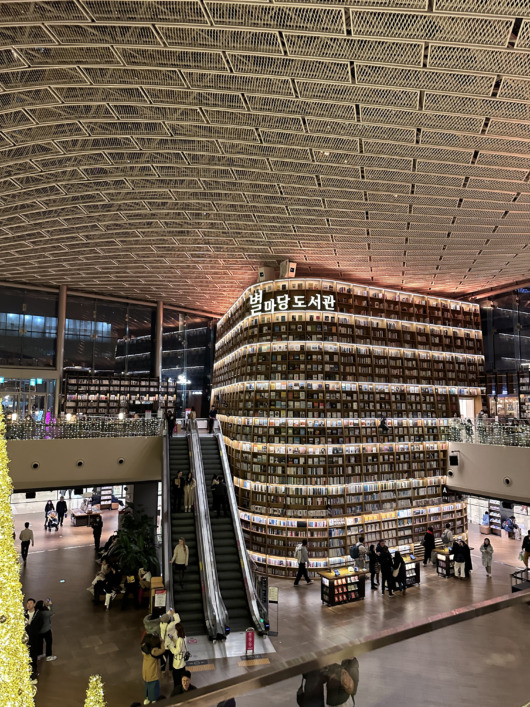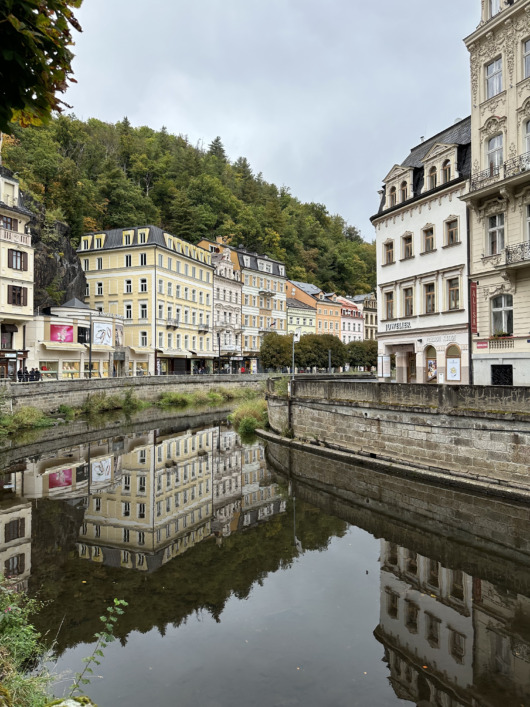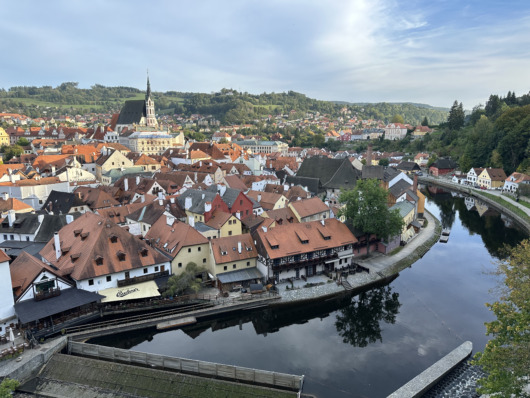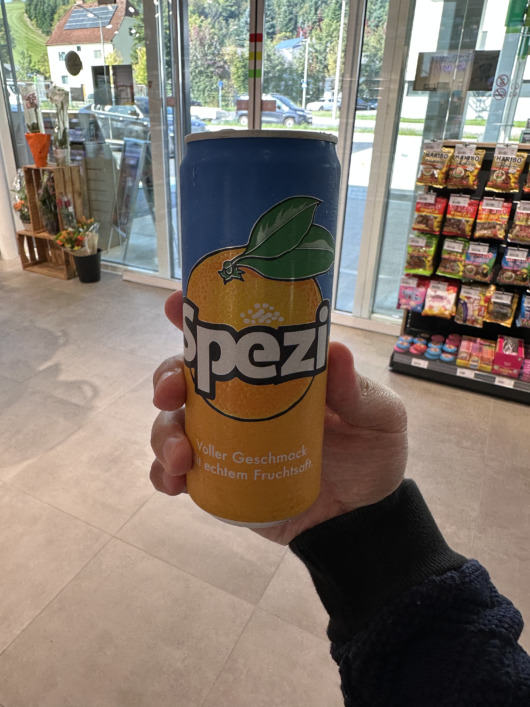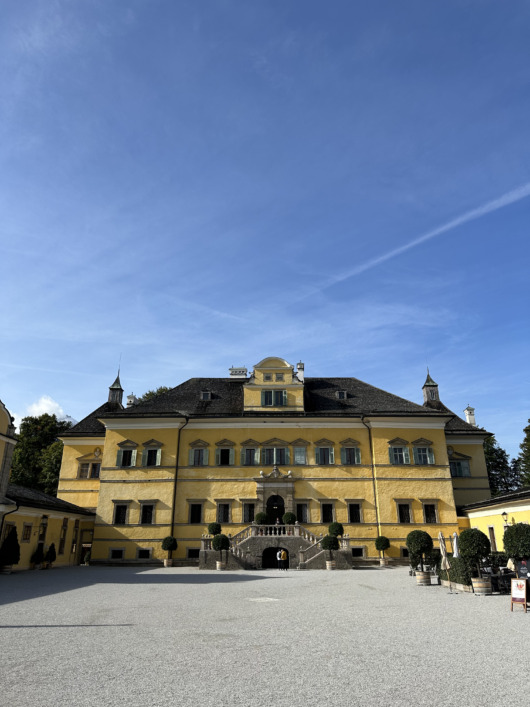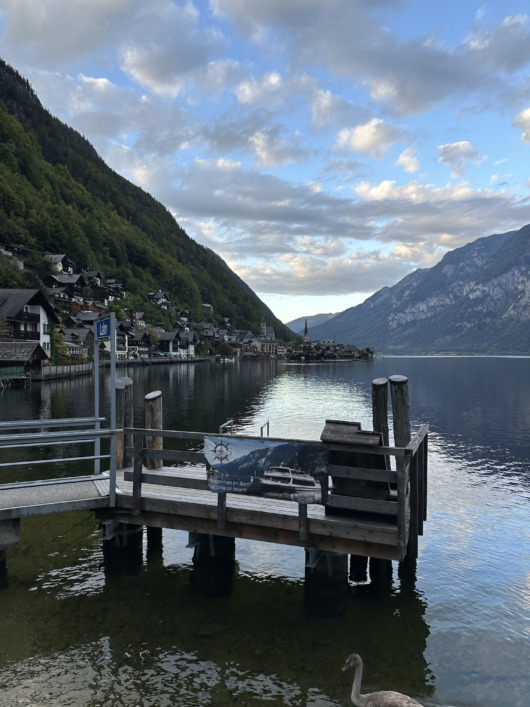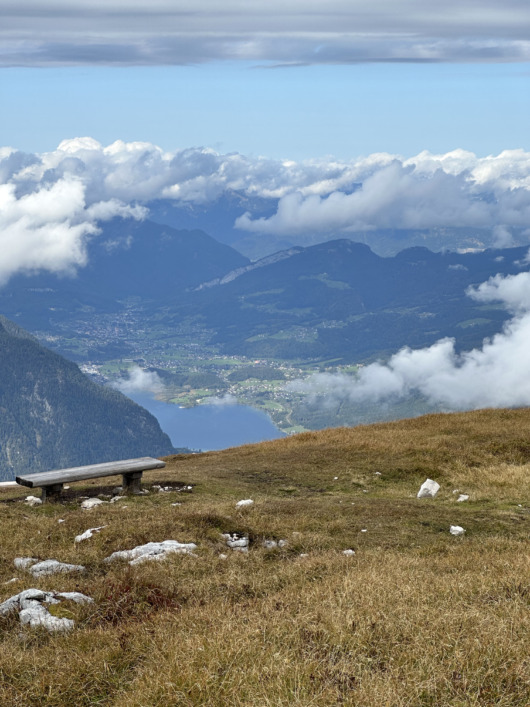I started blogging around the year of 2011. During that time, I had a blog parked under my name, writing various topics including funny / humor, human psychology, music, and more. Over the years, based on Google Analytics, travel was the most popular topic that was read the most in that blog. To better focus on this one topic, I decided to transfer all my old blog posts into this blog.
It’s been over eight years now since I have had this blog. I love travelling, and I think it’s something I won’t ever stop doing. There’s just so much to see in this world that I highly and always encourage anyone to travel as much as possible, especially when you do not have parents or children to take care of, and especially when you have enough savings and have enough time to do so. My dream job would be to be able to work remotely while travelling from one country to another during their best seasonal weather. Continue reading The End Of Blogging?
